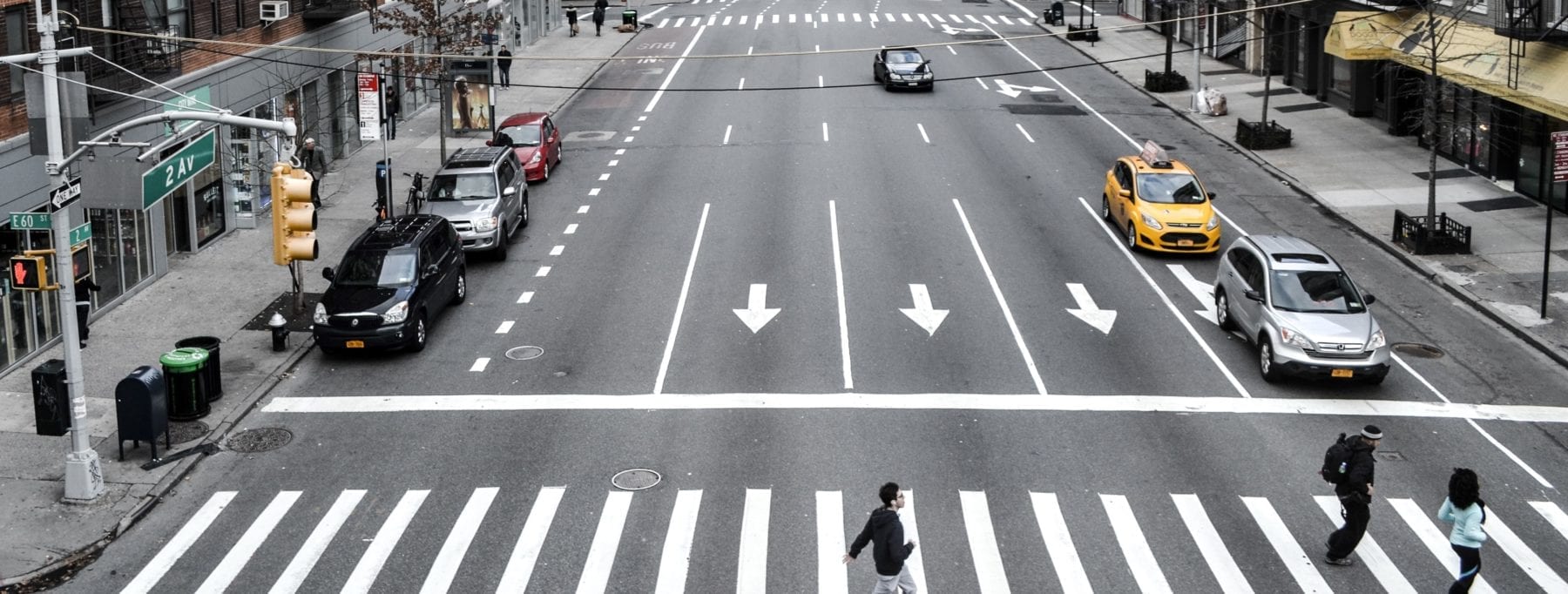
One of the most exciting areas these technologies are featured in is the management and optimization of a city’s, state’s, or even country’s transportation systems, collectively known as intelligent transportation systems (ITS). Intelligent transportation systems are becoming more and more widespread and being trialed and implemented in several different parts of the world, this in turn has driven more investment, research, and development of technologies that enhance or expand on ITS architectures. The development of vehicles that are increasingly connected to mobile or wireless networks has also enabled an increase in the applications of these technologies within ITS frameworks.
What is C-ITS?
Cooperative intelligent transportation systems (C-ITS) is a European Commission’s initiative to develop a Transport Automation strategy for EU that would pave way for more efficiency for operators and safety for the users. ITS systems are mainly based on V2I communication features, whereas C-ITS uses wireless communications technologies to allow vehicles to communicate with each other, traffic signalling systems, roadside infrastructure and transport users. This advancement is purely aimed at offering more safety and efficiency to general public as well as to commercial fleet managers and transit operators.
Using short-range communications, vehicles are able to communicate data about their positioning, speed, and direction to other connected vehicles and infrastructure, generally at a rate of 10 times per second. These technologies are currently being trialed in places such as Europe, Korea, and the US with rapidly increasing interest from the transportation industry. Another driving force behind the continued development of evermore advanced ITS technologies is the idea of smart cities that are increasingly automated and run using the interconnected wireless technologies that make up a city’s public infrastructure. Continued automation of operations and services seems likely to continue this trend, with data collection through sensors, cameras, and network sharing becoming more and more common in the future.
Applications Enabled by C-ITS
There are currently several applications for cooperative intelligent transportation systems and we’ll explore several of them in this next section. Listed below are a few examples of the ways in which cooperative intelligent transportation systems are being implemented to improve and enhance the way transportation systems are managed and further automated.
Enhanced Vehicle to Infrastructure Communication
The public transport sector has ample opportunities for cooperative intelligent transportation systems technologies to improve management and data sharing operations between vehicles and traffic infrastructure and management systems. Using vehicle-to-roadside infrastructure communications technologies, C-ITS can enable public bus services to interact with stops for accurate and up to date scheduling information as well as optimize fleet management systems using data collected through these technologies.
Other ITS systems that are enabled by the vehicle-to-infrastructure communication are Traffic Signal Priority systems as well as detection systems for safety, such as blind spot detection and collision avoidance systems.
Pedestrian Safety
Vulnerable users are classified as any road user that doesn’t have the protection of sitting in a car or other type of vehicle. Using cooperative intelligent transportation system technologies such as embedded wireless sensors and detection systems in vehicles and infrastructure, vehicles can detect pedestrians crossing and warn other vehicles or the pedestrians themselves using vehicle-to-vehicle communications or vehicle-to-roadside infrastructure communications. These systems can also be used to take pedestrians with disabilities into account when managing public transportation systems such as buses. There are use cases where information gathered and shared by connected vehicles and infrastructure are used to inform passengers with disabilities of station facilities as well as directions to required platforms including how much time is left to get there.
Gamification
Another interesting area of C-ITS that is steadily gaining more attention is the idea of incorporating gamification into the implementation of cooperative intelligent transportation systems. The gamification applications of C-ITS include areas such as assurance reduction, whereby point earning systems could be created that allow C-ITS technologies to allocate points to road users for being cooperative with other road users or driving safely. Other gamification opportunities within cooperative intelligent transportation systems include emissions bonuses or payments. With transport emissions under increasing scrutiny in a time of global uncertainty over the threat of climate change and global warming, awarding point bonuses or financial incentives for keeping emissions below a specific threshold could be implemented by states or countries as a means of keeping emissions at acceptable levels.
Cooperative intelligent transportation systems technologies are rapidly becoming the backbone of many intelligent transportation systems and, with smart cities and the Internet of Things (IoT) increasingly shaping the direction of technological innovation in this area, it would seem safe to assume this trend will continue into the near future. Vehicle-to-vehicle and vehicle-to-roadside infrastructure communications has the potential to revolutionize intelligent transportation systems and, if the adoption of technologies is widespread, could potentially fast-track the automation of public transportation and traffic management systems, further driving technological innovation in the field of intelligent transportation systems as a whole.